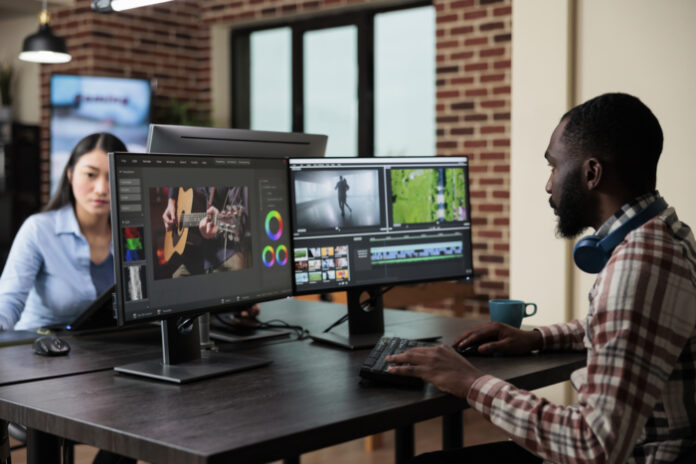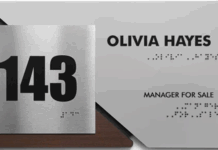Are you interested in becoming a sound effect artist? It is one of the few jobs in the audio industry that will not have you sitting in front of a screen all day. It is highly creative, hands-on, and rewarding — but it is not easy. Creating sound effects requires an incredibly keen ear and a thriving imagination.
As a beginner, how do you get started on the path to being a next-level sound designer? Below, you will find some advice on how to train your ear to identify new sounds. In addition, you will learn the basics of achieving the greatest impact with your sound effects.
1. Start Small
You do not need a studio and a team to start creating sound effects. All you need is a computer with some basic sound editing software (such as GarageBand) and whatever you have lying around at home. You would be surprised at how many sounds you can make with everyday objects like paper cups, silverware, and plastic bags. Making sound effects with everyday objects is a good way to experiment with new sounds and train your ear to detect how common noises can be used for versatile purposes.
2. “See” with Your Ears
When you hear a sound and see the thing causing it, your brain automatically associates the two. Part of being a sound designer is separating that association. This allows you to listen to sounds independently and start to use them like paint on a canvas to create new sound effects.
It is not easy to train your ear to stop associating sounds with their causes. However, it gets easier if you close your eyes while listening to sounds. Ask someone to stand near you while making sounds with everyday objects. Instead of trying to guess the object that is making each sound, try to imagine as many possible causes as you can.
3. Layer Sounds
As you grow into a more competent sound effects artist, you will realize that many sound effects are not achievable from single sources. You may need to layer multiple sounds in order to find the perfect match. For example, legendary sound designer Ben Burtt layered recordings of multiple animals to achieve the perfect pitch for the voice of Chewbacca in the original Star Wars film. With modern audio mixing tech, even beginner sound effect artists can layer sounds with ease.
4. Practice Transition Sound Effects
Creating sound effects is about more than accuracy. It also contributes to the emotion and flow of a video or audio recording. One of the ways you can use sound to create tension or cohesion is with transition sound effects. This is the practice of starting a sound effect before the action begins in a recording. For example, you might insert a clap of thunder at the end of a tense scene before the recording cuts to a dark and stormy night. In this way, the sound effect helps the viewer or listener segue to the next scene.
5. Stretch, Slow Down, and Reverse Sounds
Once you have created a sound, it is yours to play with any way you like. Go ahead and manipulate it, distort it, reverse it, and play it in slow-mo. In this way, one simple sound can turn into a dozen or more complex sounds. Moreover, because they all come from the same source, they can be layered to create fulfilling depth.
Getting Started as a Sound Effect Artist
Becoming a skilled sound effect artist is not easy. However, unlike many other professions, it is pretty fun ― even for beginners. Training your ear and experimenting with sounds involve lots of “mad science,” and every new sound is a rewarding discovery. Whether you’re aiming to become a Hollywood sound design pro or just need to make some sounds for your podcast, it won’t be long before you’re captivated by a new world of sound.
Find a Home-Based Business to Start-Up >>> Hundreds of Business Listings.

















































